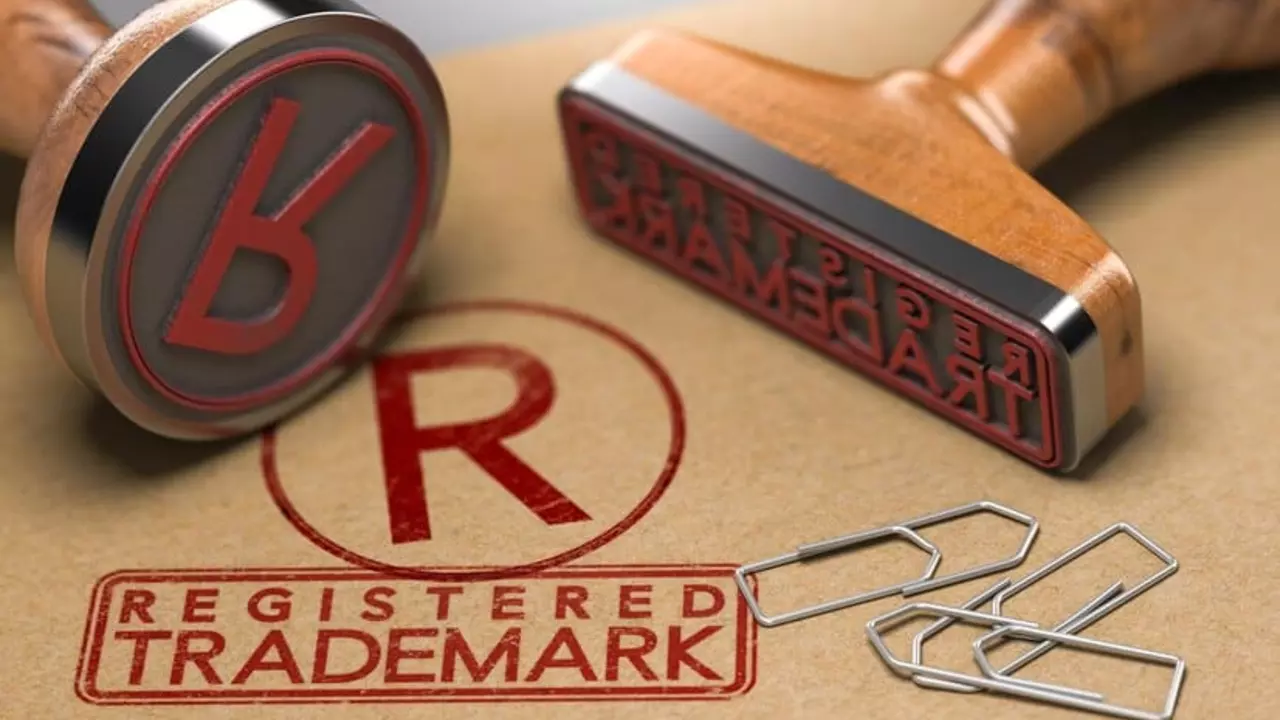Trademark Registration Made Easy for Indian Dentists
Thinking about safeguarding the name of your clinic, a product line, or a logo? A trademark stops others from copying what you’ve built. In India the process isn’t as scary as it looks once you know the basics. This guide walks you through what you need, why it matters, and how to file without hiring an expensive lawyer.
Why Register a Trademark?
A registered trademark gives you legal proof that you own the mark. If someone else tries to use it, you can file a lawsuit and ask a court to stop them. Without registration you’re limited to the vague "common law" rights, which are hard to enforce. Registration also adds credibility—patients trust a brand that’s officially protected. Plus, you can license the mark to partners or sell it later for a tidy sum.
Step‑by‑Step Registration Process
1. Search First
Before you apply, search the Indian trademark database (the “TMview”). Type in your exact name, any variations, and related classes. If you see a similar mark already registered, you may need to tweak yours or choose a different class.
2. Pick the Right Class
India follows the Nice Classification with 45 categories. Dental clinics usually fall under Class 44 (medical services), while dental products go to Class 21 or 35. Picking the correct class saves you time and money.
3. Prepare the Application
Gather these items: the name or logo you want to protect, the class number, a brief description of services, and a power‑of‑attorney if you’re filing through an agent. You can file online on the IP India portal—just follow the prompts and upload a clear image of your logo if you have one.
4. Pay the Fee
The standard fee is around ₹4,500 per class for an individual or small business. The portal will calculate the total based on the classes you choose. Keep the receipt; you’ll need it if the examiner asks for proof of payment.
5. Examination and Objection
After submission, a trademark examiner reviews your case. They might raise an objection if the mark is too generic or similar to an existing one. If you get an objection, you have 30 days to respond. A polite, factual reply that explains differences usually clears the hurdle.
6. Publication
Once the examiner is satisfied, the mark is published in the Official Trademark Journal. This gives a 4‑month window for anyone to oppose. If no one objects, the process moves forward.
7. Registration Certificate
After the opposition period, you receive a registration certificate. The mark is now protected for ten years, and you can renew it indefinitely by paying the renewal fee.
That’s the whole journey. Most dentists finish the steps in 6‑12 months, depending on how quickly they address any objections.
Need a quick tip? Use a tagline that’s unique, not just descriptive. “Best Dental Care” is likely to be rejected, but “SmileGuard Dental Centre” stands a better chance. Also, file for all relevant classes at once—adding a new class later costs extra.
Remember, a trademark is an asset. Keep a record of every invoice, contract, and marketing material that displays the mark. If you ever need to enforce your rights, that paperwork becomes crucial evidence.
Got questions about a specific case? Drop a comment or reach out to a qualified IP attorney. The right advice can shave weeks off the timeline and keep your brand safe.
What are the 45 trademark classes?
- Kaius Sterling
- July 25, 2023
- 0 Comments
In the world of business and branding, there are 45 trademark classes that categorize the goods and services a company provides. They are part of an international classification system that helps to streamline trademark registration and protection. The classes range from Class 1, which includes chemicals used in industry, to Class 45 covering legal, security and personal services. Understanding these classes is crucial for businesses to protect their brand and avoid infringement issues. It's like a huge library where every business finds the right shelf for their product or service.
read more